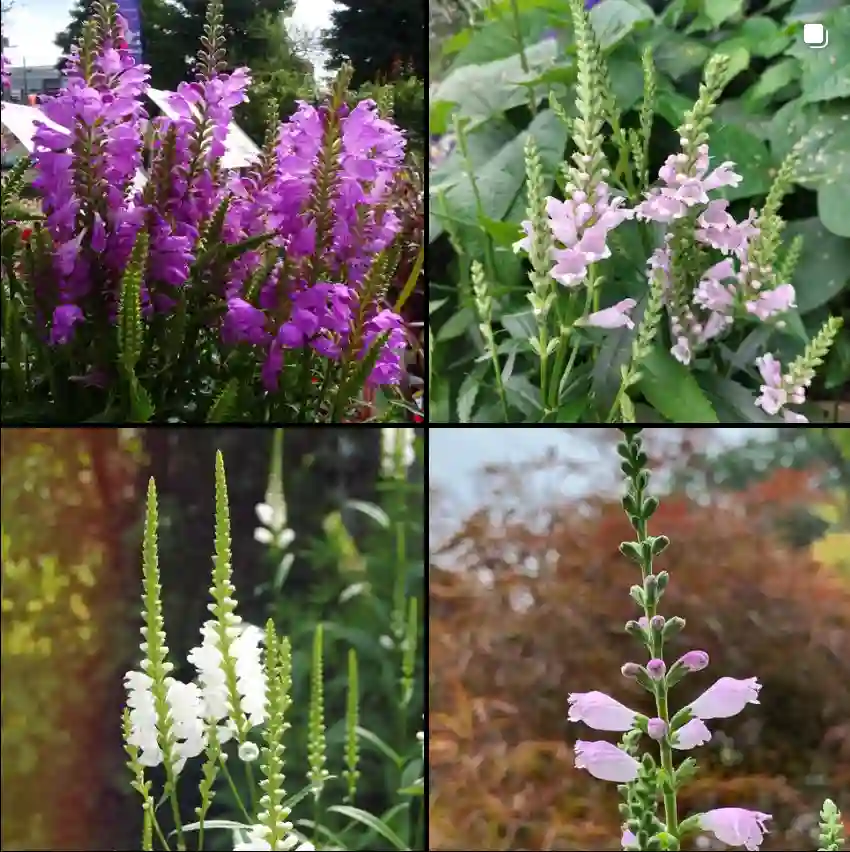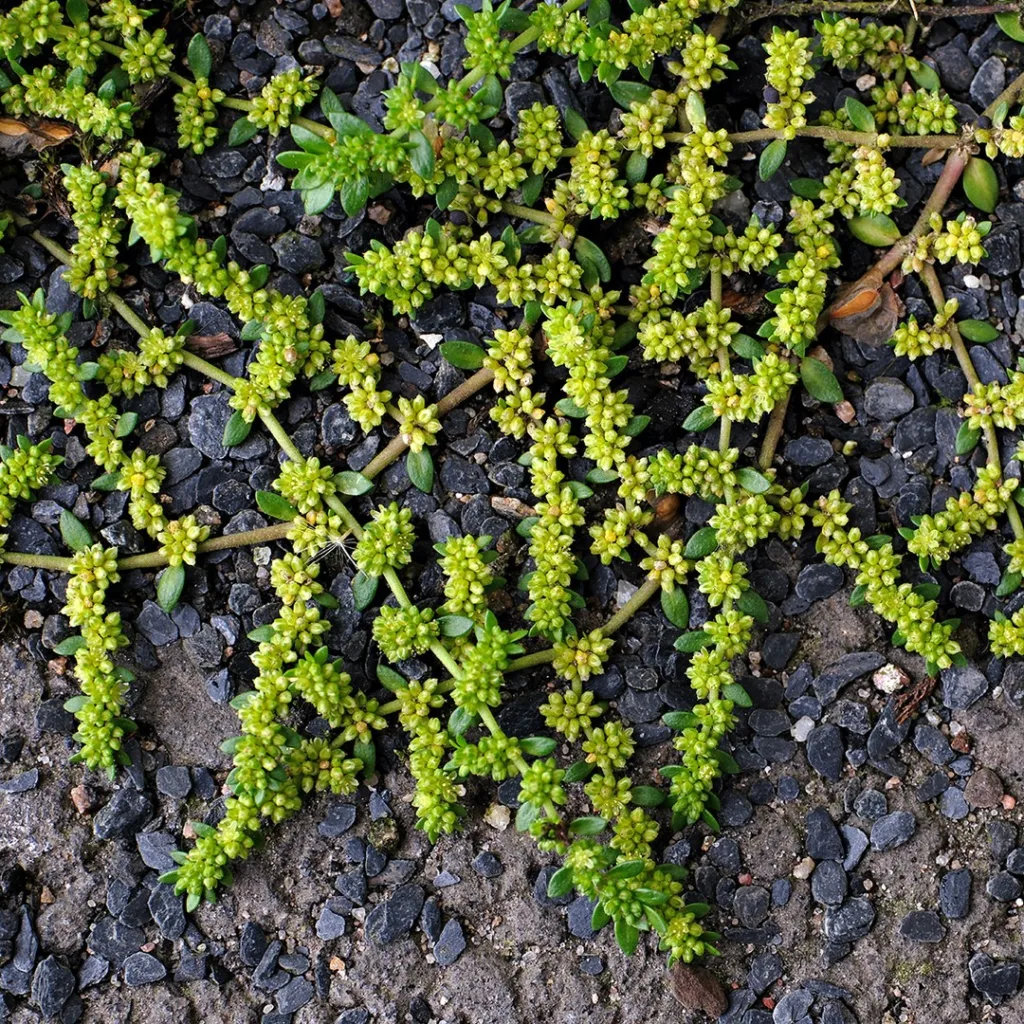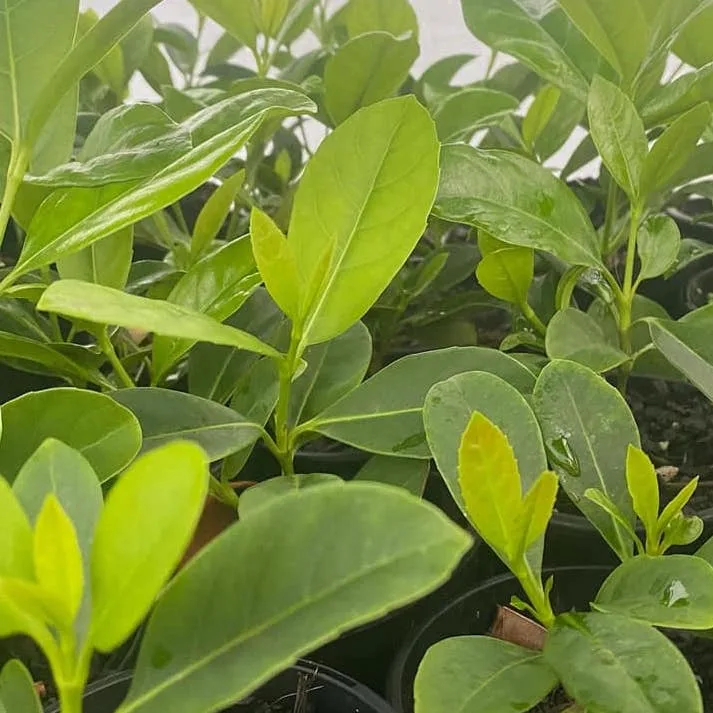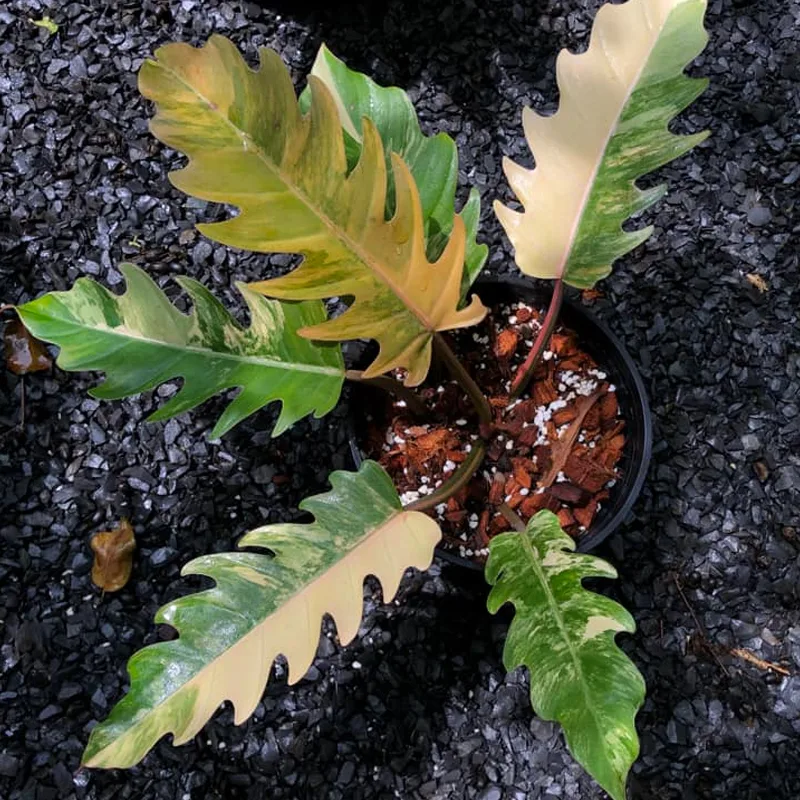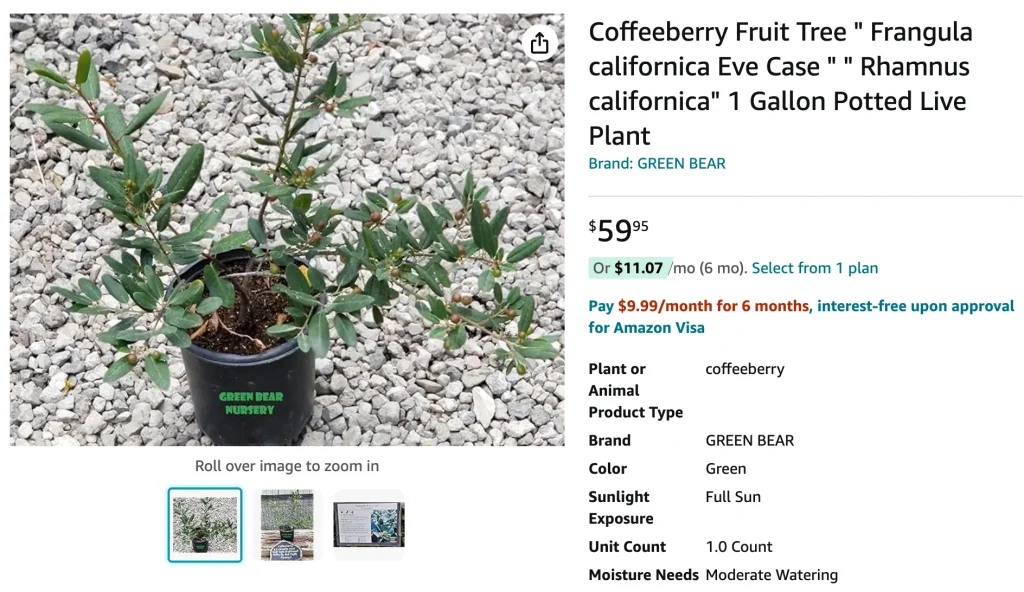
Frequently Asked Questions About Rhamnus Californica Eve Case
Rhamnus Californica Eve Case, also known as California Coffeeberry, is a plant I’ve had the pleasure of growing in my garden for some time now. It’s a versatile, low-maintenance shrub that has become one of my favorites due to its adaptability and attractive appearance. Below, I’ll answer some frequently asked questions about this plant, based on my experiences and observations.
148 Species in Genus Rhamnus
What Is Rhamnus Californica Eve Case?
Rhamnus Californica Eve Case is a cultivar of the native California Coffeeberry. This evergreen shrub is native to the western United States, particularly California. It’s well-known for its dense, rounded form and attractive foliage, which ranges from deep green to a lighter, more olive hue. The plant produces small, inconspicuous flowers followed by berries that change color from green to red and eventually to black as they mature. These berries are a key food source for birds, making the plant a great choice for wildlife gardens.
How to Care for Rhamnus Californica Eve Case?
One of the reasons I love Rhamnus Californica Eve Case is because it’s incredibly easy to care for. This plant is drought-tolerant, making it perfect for dry gardens or areas with water restrictions. Here’s what I’ve learned about caring for it:
- Watering: Once established, it requires minimal watering. I usually water mine deeply every few weeks during the hot summer months, but it can survive on even less.
- Soil: It’s not picky about soil, thriving in both sandy and clay soils as long as they are well-drained. I’ve had success with mine in average garden soil.
- Light: While it can tolerate some shade, Rhamnus Californica Eve Case prefers full sun to partial shade. I’ve found that it performs best with at least six hours of sunlight daily.
- Pruning: Pruning isn’t necessary for this shrub, but I occasionally trim mine to maintain its shape or remove any dead branches.
How to Propagate Rhamnus Californica Eve Case?
Propagating Rhamnus Californica Eve Case can be a rewarding experience, especially if you want to expand your garden or share this lovely plant with others. Here’s what has worked for me:
- Cuttings: The easiest way to propagate this plant is through semi-hardwood cuttings taken in late summer. I cut a 4-6 inch section of new growth, remove the lower leaves, and plant it in a well-draining potting mix. I keep the soil moist and place the cutting in a sheltered spot with indirect sunlight. Rooting usually occurs within a few weeks.
- Seeds: Growing from seed is another option, although it requires more patience. The seeds should be stratified by exposing them to cold temperatures for a few months. I plant the seeds in the fall and let nature take its course, with germination happening in the spring.
What to Plant with Rhamnus Californica Eve Case?
Rhamnus Californica Eve Case pairs beautifully with other drought-tolerant and native plants. In my garden, I’ve found that it works well alongside:
- Manzanita (Arctostaphylos spp.): Their contrasting forms and complementary foliage colors create a striking visual appeal.
- Ceanothus (California Lilac): These two natives share similar growing conditions, and the blue flowers of Ceanothus look stunning against the dark green leaves of Rhamnus Californica Eve Case.
- Salvia (Sage): The aromatic foliage of Salvia adds a sensory element to the garden, while its flowers attract pollinators.
How to Use Rhamnus Californica Eve Case in the Garden?
There are many ways to incorporate Rhamnus Californica Eve Case into your landscape. I’ve used it in a few different ways, all of which have enhanced the aesthetic and ecological value of my garden:
- Hedges and Privacy Screens: Its dense growth habit makes it ideal for creating a natural hedge or privacy screen. I’ve planted a row of them along my property line for added privacy.
- Erosion Control: The deep roots of this plant make it an excellent choice for stabilizing slopes and preventing soil erosion. I’ve had success using it on a hillside where erosion was a concern.
- Wildlife Gardens: The berries are a magnet for birds, and the flowers attract bees and other pollinators. I’ve planted it near a birdbath to create a mini sanctuary for local wildlife.
Is Rhamnus Californica Eve Case Toxic?
A common question I get is whether Rhamnus Californica Eve Case is toxic. The berries are not considered toxic to humans, but they are not typically consumed due to their bitter taste. However, they are highly attractive to birds, which helps with seed dispersal. It’s worth noting that some members of the Rhamnus genus have been used in traditional medicine, but I wouldn’t recommend consuming any part of the plant without proper knowledge or guidance.
How to Protect Rhamnus Californica Eve Case from Pests
In my experience, Rhamnus Californica Eve Case is relatively pest-resistant, but it’s not entirely immune. Here are a few tips on how I protect my plants:
- Aphids: Occasionally, I’ve noticed aphids on the new growth. I simply wash them off with a strong stream of water or use insecticidal soap if the infestation is severe.
- Scale Insects: Scale can sometimes appear on the stems. I manually remove them or apply horticultural oil to control the population.
Conclusion
Rhamnus Californica Eve Case is a resilient and versatile plant that deserves a spot in any garden, especially if you’re looking for something low-maintenance and wildlife-friendly. Whether you’re using it as a hedge, in a native plant garden, or simply as a beautiful specimen plant, it’s sure to add value to your landscape. With proper care and placement, this plant can thrive for years, providing beauty and ecological benefits to your garden.
If i die, water my plants!
